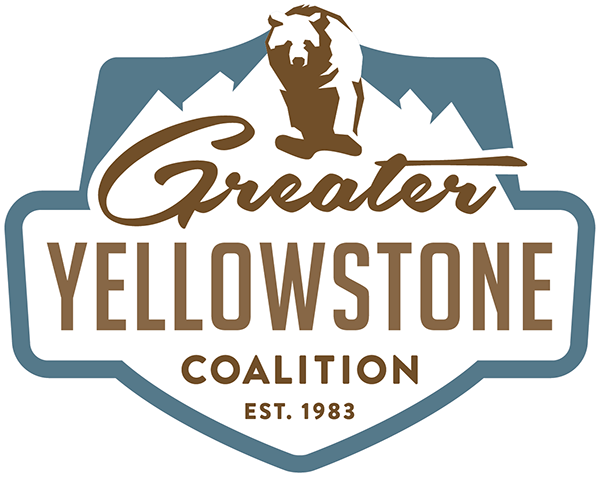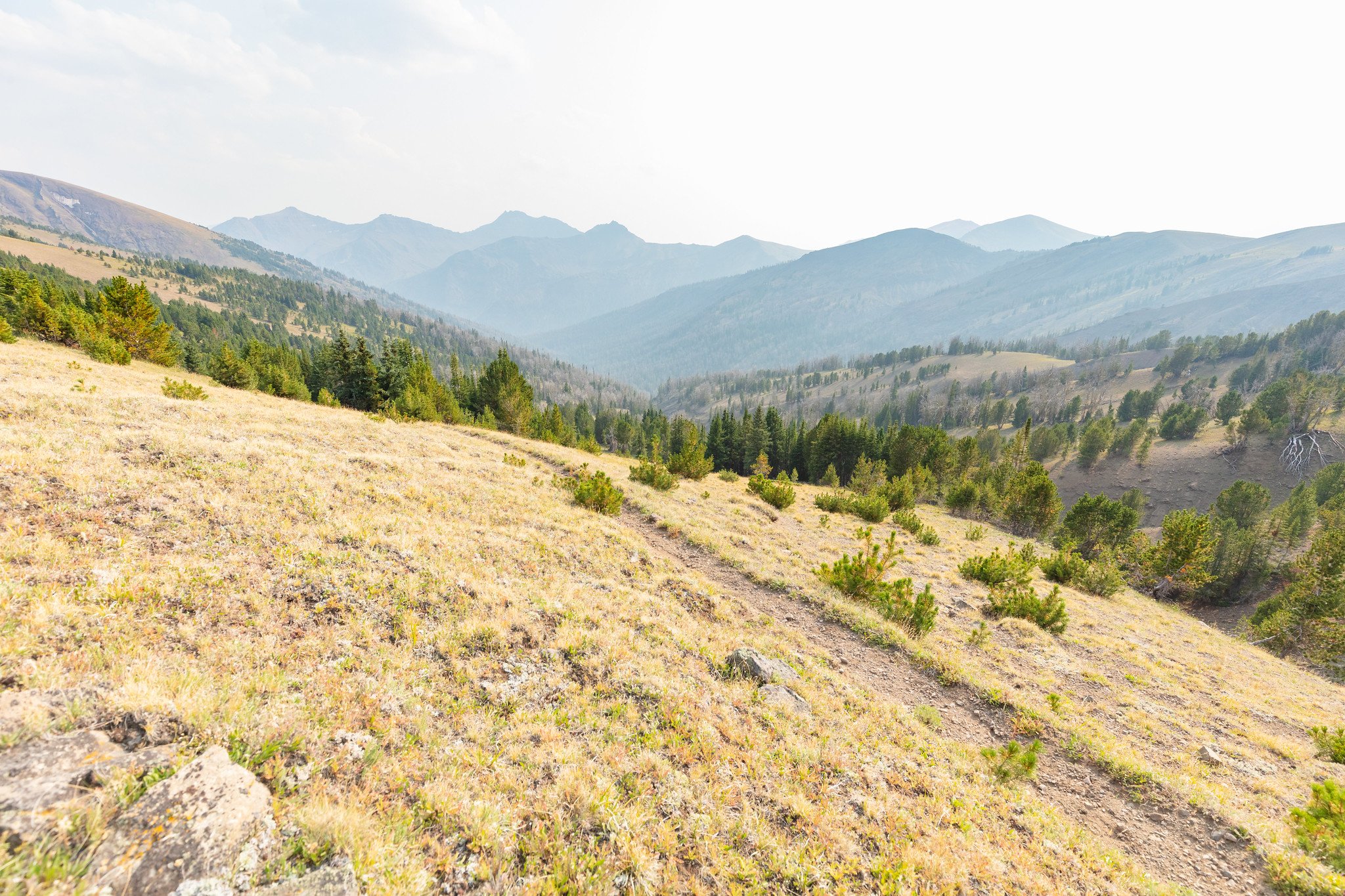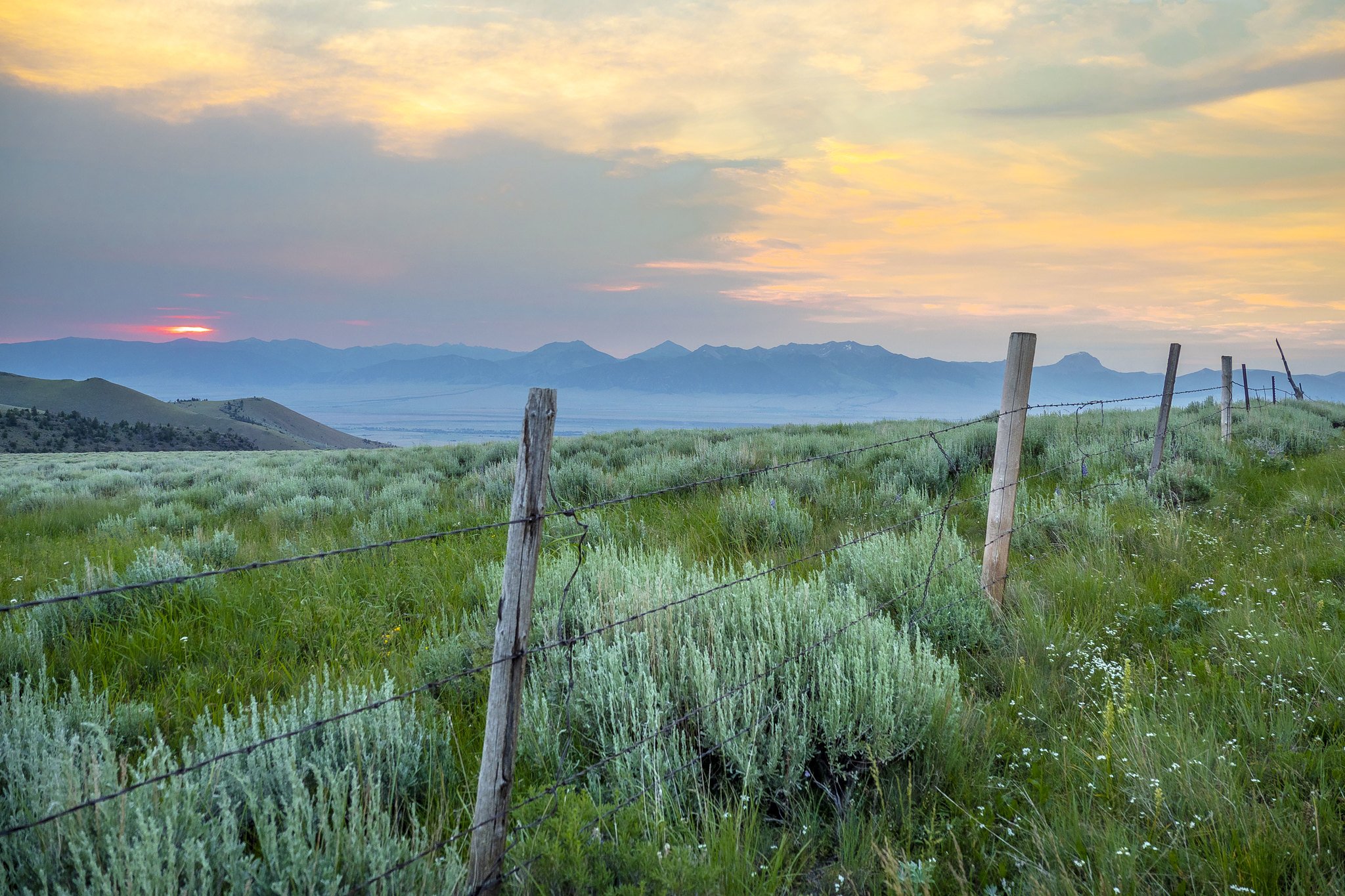
Know Your Public Lands
What are Public Lands?
Public lands are lands that belong to all American people and are held in trust by the government for everyone to enjoy, explore, and protect.
Why Do Public Lands Matter?
It’s hard to overstate the importance of public lands to the Greater Yellowstone Ecosystem and beyond. Public lands:
Protect wildlife species like bears, bison, elk, and more by providing secure habitat
Provide clean drinking and irrigation water to millions of people
Pump billions of dollars into local economies through recreation and tourism
Offer wide-open spaces for hiking, camping, hunting, fishing, mountain biking, and more
Support Indigenous cultural connection
Types of Public Lands
There are many types of public lands throughout our country, each with a different mission and rules for use.
National Parks
To preserve and protect the natural and cultural resources of the National Park System, ensuring they are available for the enjoyment, education, and inspiration of present and future generations.
Key Facts
Managed by the National Park Service under the Department of the Interior
Purpose is the preservation of natural and cultural resources for enjoyment and education
Recreational opportunities vary by park, but in general hiking, camping, fishing, and wildlife-watching are popular
Resource extraction is prohibited except in very rare cases of existing mineral rights before park designation
National Parks Found in the Greater Yellowstone Ecosystem
Yellowstone National Park
2,221,766 acres in Wyoming, Montana, and Idaho
Fun Fact - Yellowstone National Park is the first national park established in the United States.
Spots to Explore - Lamar Valley, Norris Geyser Basin, Yellowstone Lake, Hayden Valley, Upper Geyser Basin
Grand Teton National Park
310,000 acres in Wyoming
Fun Fact - Conservationists Olaus and Mardy Murie lived and worked in Grand Teton at the Murie Ranch, which is now a Historical National Landmark.
Spots to Explore - Jenny Lake, Cascade Canyon, Snake River Overlook, Antelope Flats, and Schwabacher Landing
National Forests
To sustain the health, diversity, and productivity of the nation’s forests and grasslands to meet the needs of present and future generations
Key Facts
Managed by the U.S. Forest Service under the Department of Agriculture
Multi-purpose use includes recreation, timber harvesting, grazing, and wildlife habitat
Recreation allowed includes camping, hiking, mountain biking, hunting, fishing, motorized use (limited), horseback riding, and more
Resource extraction, including mining and logging, is allowed by regulated
National Forests Found in the Greater Yellowstone Ecosystem
Custer Gallatin National Forest
3.1 million acres in Montana, Wyoming, and South Dakota
Fun Fact - Home to Granite Peak, the highest point in Montana at 12,807 feet
Bridger-Teton National Forest
3.4 million acres in Wyoming
Fun Fact - Home to the headwaters of the Yellowstone River
Shoshone National Forest
2.4 million acres in Wyoming
Fun Fact - America’s first federally protected national forest
Caribou-Targhee National Forest
3+ million acres in Idaho, Wyoming, and Utah
Fun Fact - Contains one of the largest contiguous tracts of old-growth Douglas fir
Beaverhead-Deerlodge National Forest
3.4 million acres in Wyoming
Fun Fact - Theodore Roosevelt named the two forests in 1908. They were merged in 1996.
Bureau of Land Management (BLM)
To sustain the health, diversity, and productivity of public lands for the use and enjoyment of present and future generations
Key Facts
Managed by the Bureau of Land Management under the Department of the Interior
Multi-purpose use includes energy development, livestock grazing, recreation, and timber harvesting
Recreation has fewer restrictions than other public lands and allows motorized use in many areas
Resource extraction, including mining, drilling, and logging, is allowed through permits
A Few BLM Lands Found in the Greater Yellowstone Ecosystem
Sand Creek Desert Wildlife Management Area (WMA)
12,500 acres managed by BLM in Idaho
Fun Fact - Home to a critical winter habitat range for Greater Yellowstone’s elk, mule deer, and moose
Centennial Mountains Wilderness Study Area (WSA)
27,691 acres managed by BLM in Montana
Fun Fact - About 60 miles of the Continental Divide Trail runs through this Wilderness Study Area
National Wildlife Refuges
To administer a national network of lands and waters for the conservation, management, and, where appropriate, restoration of the fish, wildlife, and plant resources and their habitats within the United States for the benefit of present and future generations of Americans
Key Facts
Managed by the U.S. Fish and Wildlife Service under the Department of the Interior
Purpose is the conservation of fish, wildlife, and plants
Limited recreational opportunities to protect wildlife. Activities include wildlife watching and photography
Resource extraction may be allowed but it must be compatible with conservation. It is rare and heavily regulated
National Wildlife Refuges Lands Found in the Greater Yellowstone Ecosystem
Red Rock Lakes National Wildlife Refuge
53,000+ acres in Montana
Fun Fact - By 1932, only 70 trumpeter swans were known to still exist in the entire world. President Franklin D. Roosevelt designated the Red Rock Lakes NWR in 1935 to help protect the swans nesting in the area. By 2002, around 3,000 swans were wintering in and around the Red Rock Lakes NWR.
Grays Lake National Wildlife Refuge
22,000 acres of wetland core in Idaho
Fun Fact - Hosts one of the largest breeding concentrations of sandhill cranes in North America
National Elk Refuge
24,700+ acres in Wyoming
Fun Fact - Hosts the largest wintering elk herd in North America with up to 7,500 elk migrating to the refuge every year
Wilderness
Federally designated wilderness is the government’s highest form of land protection. Wilderness areas are designated by Congress on federal public lands through The Wilderness Act. The lands that can be designated as wilderness are national parks, national forests, Bureau of Land Management lands, and Fish and Wildlife Service lands.
Key Facts
Can be managed by the National Park Service, U.S. Forest Service, Bureau of Land Management, and the U.S. Fish and Wildlife Service
Purpose is to preserve land in its natural condition as defined by the Wilderness Act of 1964
No motorized recreation or biking but allows hiking and horseback riding. Also prohibits roads and permanent structures
Resource extraction is prohibited except in very rare cases of existing mining claims before Wilderness designation
A Few Wilderness Areas Found in the Greater Yellowstone Ecosystem
Absaroka-Beartooth Wilderness
944,000 acres in Montana and Wyoming
Fun Fact - Home to 120+ peaks over 10,000 feet, including Montana’s highest mountain Granite Peak
Teton Wilderness
585,000 acres in Wyoming
Fun Fact - Includes the “Parting of the Waters,” where Two Ocean Creek splits and flows into the Pacific and Atlantic oceans


















